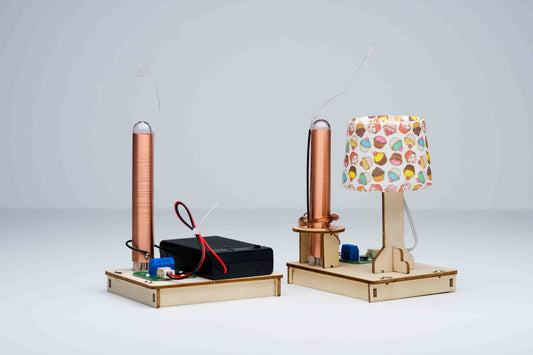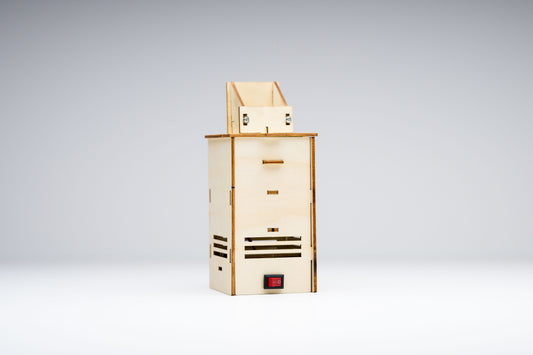Science is not confined to laboratories and textbooks; it's all around us in our daily lives. By turning everyday phenomena into interesting science lessons, we can ignite curiosity and a love for learning in children. This approach aligns perfectly with the ethos of Young Inventors, where practical learning is key. Let’s explore how common experiences can become fascinating STEM activities.
1. The Science of Rainbows
Scientific Phenomenon: Light Refraction and Dispersion Activity: After a rain shower, take your kids outside to spot a rainbow. Explain how rainbows are formed when sunlight is refracted (bent) and dispersed (spread out) by water droplets in the air, creating a spectrum of colors. You can recreate this at home using a garden hose or a glass prism to demonstrate light dispersion.
2. Understanding Lightning and Thunder
Scientific Phenomenon: Electrostatic Discharge and Sound Waves Activity: During a thunderstorm, observe lightning with your kids from a safe place. Explain that lightning is an electric current that travels between clouds or between a cloud and the ground. The sudden expansion and heating of air around the lightning bolt causes thunder. For a safe indoor activity, you can create static electricity using a balloon and wool to demonstrate the concept of charge accumulation and discharge.
3. The Chemistry of Baking
Scientific Phenomenon: Chemical Reactions Activity: Baking is a tasty way to learn chemistry. When baking cookies or bread, explain how ingredients like baking soda or yeast cause the dough to rise. This is due to the chemical reaction releasing gases (carbon dioxide in the case of baking soda and yeast). Measuring ingredients also introduces basic concepts of units and proportions.
4. The Physics of Playground Equipment
Scientific Phenomenon: Gravity, Friction, and Simple Machines Activity: A visit to the playground offers numerous science learning opportunities. Discuss how slides work because of gravity and friction. Swings are examples of pendulums, showing how potential energy converts to kinetic energy. See-saws can demonstrate the principle of the lever, a simple machine.
5. Plant Transpiration and Photosynthesis
Scientific Phenomenon: Plant Biology Activity: Gardening can teach about plant biology and the importance of sunlight and water for plants. Explain photosynthesis - how plants use sunlight to make food. You can also discuss transpiration by observing how plants release water into the air, which is an essential part of the water cycle.
6. The Physics of Cooking
Scientific Phenomenon: Heat Transfer and State Changes Activity: Cooking is full of science lessons. Explain how heat transfers from a stove to a pot (conduction), and how water boils (change of state from liquid to gas). Discuss how different cooking methods (boiling, baking, frying) use different forms of heat transfer (conduction, convection, and radiation).
7. The Science of Shadows
Scientific Phenomenon: Light and Optics Activity: Use a sunny day to explore shadows. Show how the position of the sun affects the size and shape of shadows. This can lead to a discussion about the Earth’s rotation and how it relates to the time of day and seasons.
Transforming everyday phenomena into science lessons makes learning relatable and engaging. These activities encourage kids to observe, question, and understand the world around them. Young Inventors champions this approach, integrating practical learning into everyday experiences.
Discover more ways to integrate science into daily life with Young Inventors. Visit us for more STEM activities and resources that make learning both fun and educational. Let’s explore the science in everything around us!





